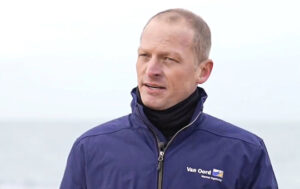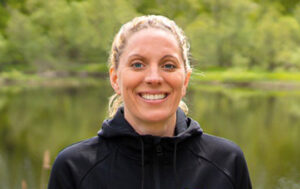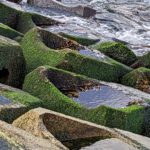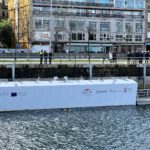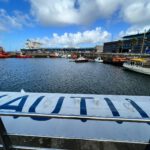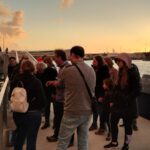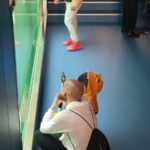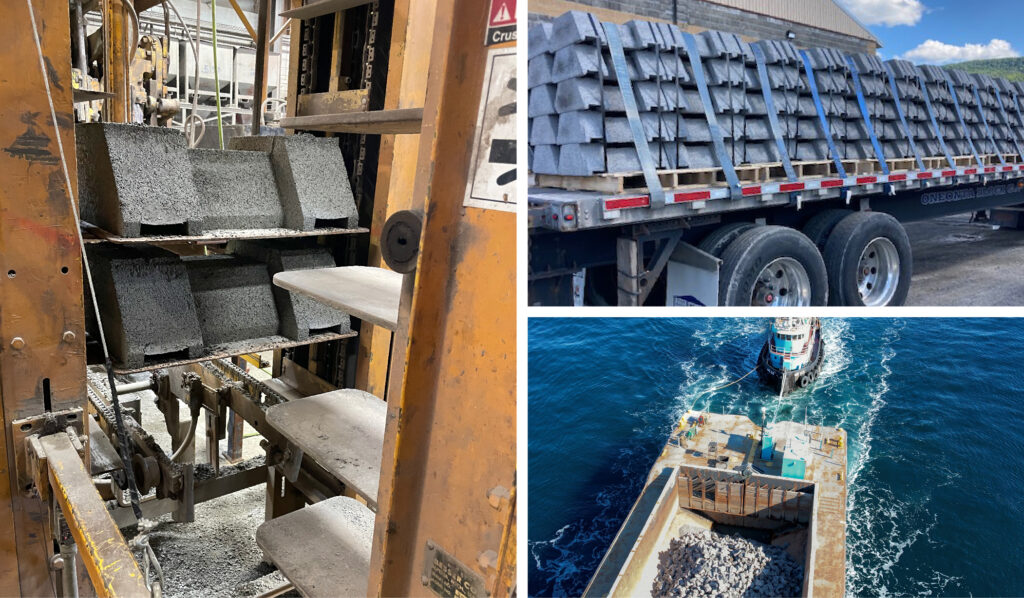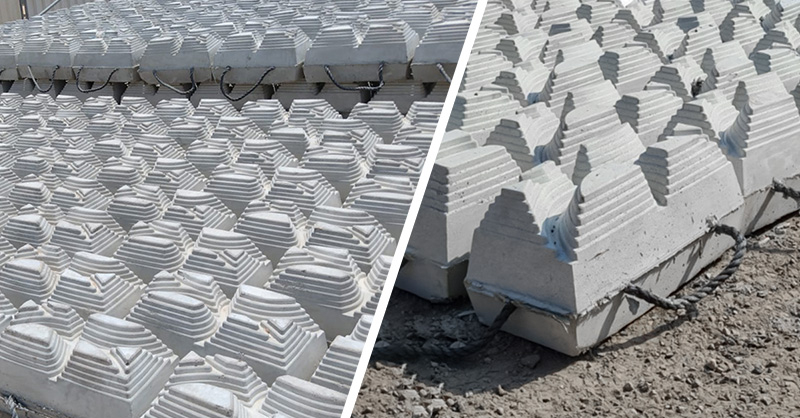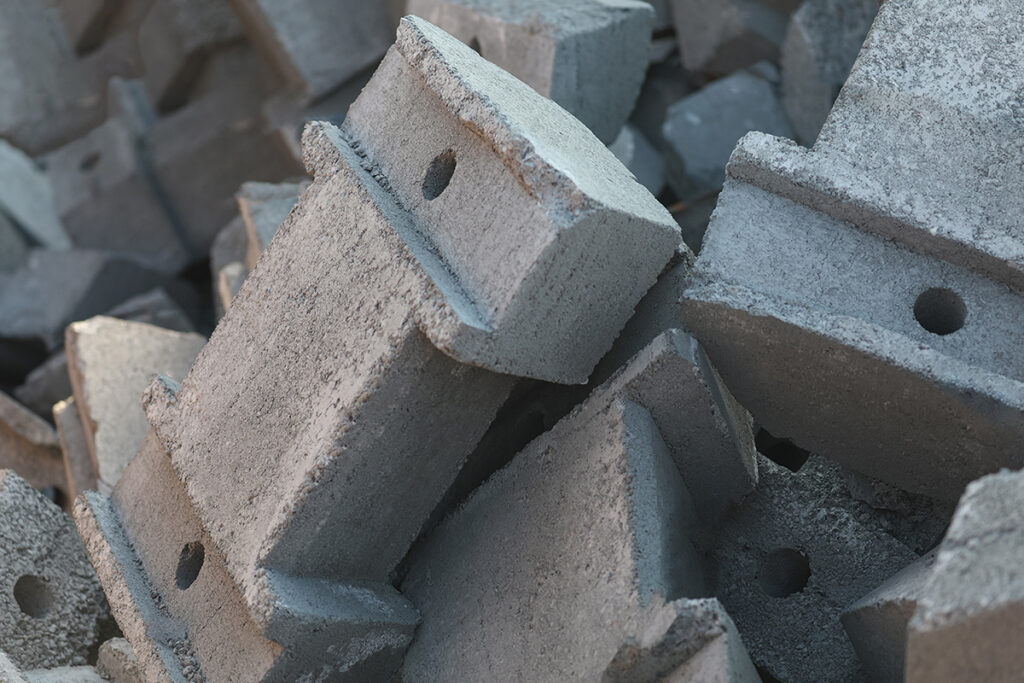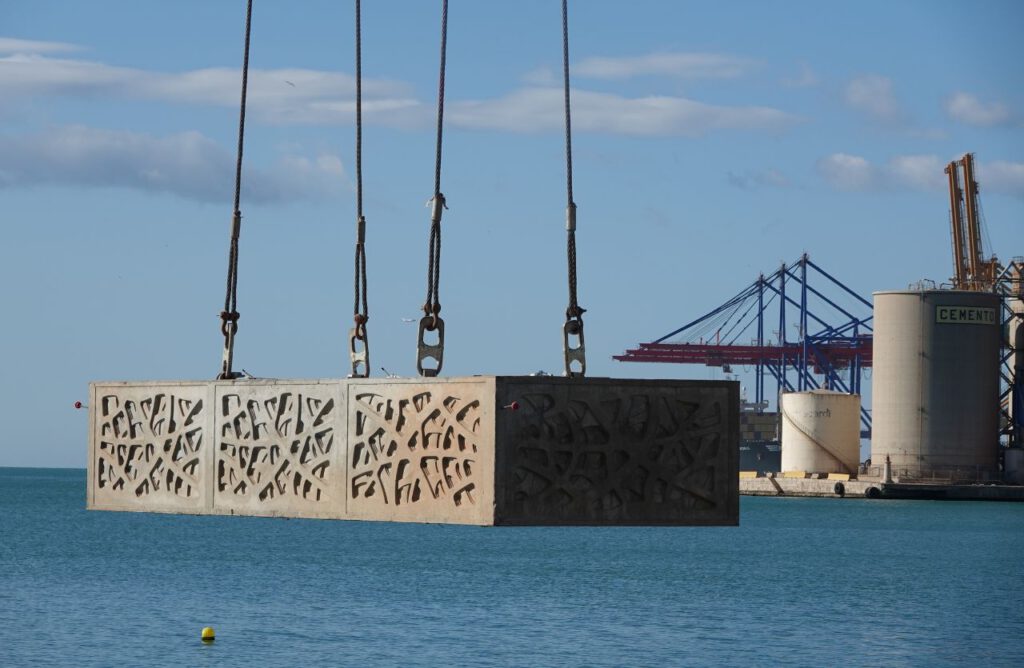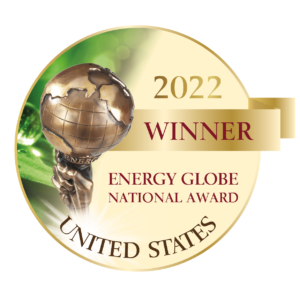- Local contractors deployed ECOncrete ecologically engineered articulated concrete block mattresses (ACBMs) as cable protection at Vineyard Wind
- Vineyard Wind 1 is the first commercial-scale offshore wind energy initiative in the United States.
- Marine mattresses are specifically designed for cable protection while offering cost-effective ecosystem services.
Local contractors deployed ECOncrete ecologically engineered articulated concrete block mattresses (ACBMs) as cable protection at Vineyard Wind, marking a significant milestone as the first commercial-scale offshore wind energy initiative in the United States. This pioneering project is situated more than 15 miles off the Massachusetts coast (OCS-A 0501). The project will generate clean, renewable, affordable energy for over 400,000 homes and businesses across the Commonwealth while reducing carbon emissions by over 1.6 million tons per year.
The Marine Mattresses used at Vineyard Wind 1 include ECOncrete bio-enhancing admixture, surface complexity, and a nature-inclusive design optimized for creating habitats for a wide range of organisms. They are fabricated to prevent scouring, weathering, and erosion and to provide stabilization and protection to offshore infrastructures.
ECOncrete’s marine mattresses are designed to create a variety of habitats and environmental conditions that encourage the growth of marine flora and fauna, increase species richness, reduce the dominance of invasive species, and boost biodiversity. ECOncrete’s patented technology complies with key requirements of the use of natural or engineered stone that does not inhibit epibenthic growth and provides three-dimensional complexity.
In projects requiring a specific designed system to shield cables in hard bottom seabed from long-term damage due to factors like fatigue, excessive bending, and abrasion, especially in ecologically significant areas with vital marine communities and biodiversity, ECOncrete has proven its ability to fulfill a dual role. It serves as both conventional cable protection and a source of cost-effective ecosystem services.
Map showing location of Vineyard Wind 1 offshore wind farm

This use of ECOncrete’s offshore technology in Vineyard Wind 1 follows the successful deployment of marine mattresses in Red Eléctrica de España (REE – the Spanish national grid) Ecological Subsea Cable Protection project in Canary Island. This collaboration with Red Eléctrica applied ECOncrete’s cable protection solutions to stabilize a subsea interconnector between Fuerteventura and Lanzarote, to enable greater energy transmission. Recent monitoring showed biodiversity uplift along the cable route only 10 months post-deployment. Vineyard Wind 1 utilizes the same principle with additional design features adapted to fit technical requirements and local environment needs.
As a result of ECOncrete’s three-pillar technology, organisms like oysters, corals, or barnacles thrive upon it. This biological colonization offers protective benefits, enhancing the strength and durability of structures adding to their stability and longevity in a process called bioprotection.
New research by the Observer Research Foundation, forging a Nature-Positive Energy Transition, states that to avoid the worst impacts of climate change, the world needs to cut greenhouse gas emissions by half by 2030 and reach net-zero emissions by 2050.
Renewable energy, together with energy efficiency and Nature-Based Solutions, form the cornerstone of the world’s climate change mitigation strategy. Deploying more offshore wind turbines around the globe, constructed using Nature-based Solutions, is essential to square the energy trilemma (sustainability, security, and affordability) in a way that is aligned with the UN Sustainable Development Goals. There are concerns over the development of offshore infrastructure harming sensitive marine ecosystems during the construction phase and lifetime operation. ECOncrete’s technology offers a viable solution by working with nature to improve the interaction between wind farms and natural ecosystems. ECOncrete’s scientifically based bio-enhancing solutions are recognized by the Business Network for Offshore Wind as best practice for offshore wind development.
Find out more:
